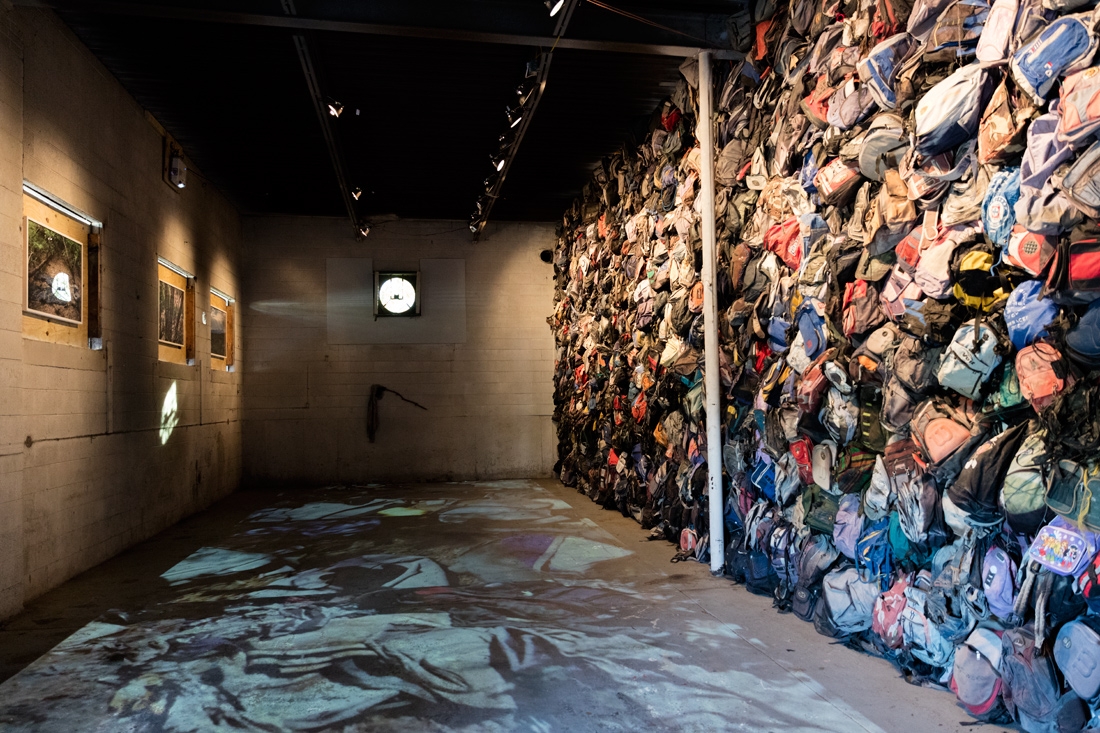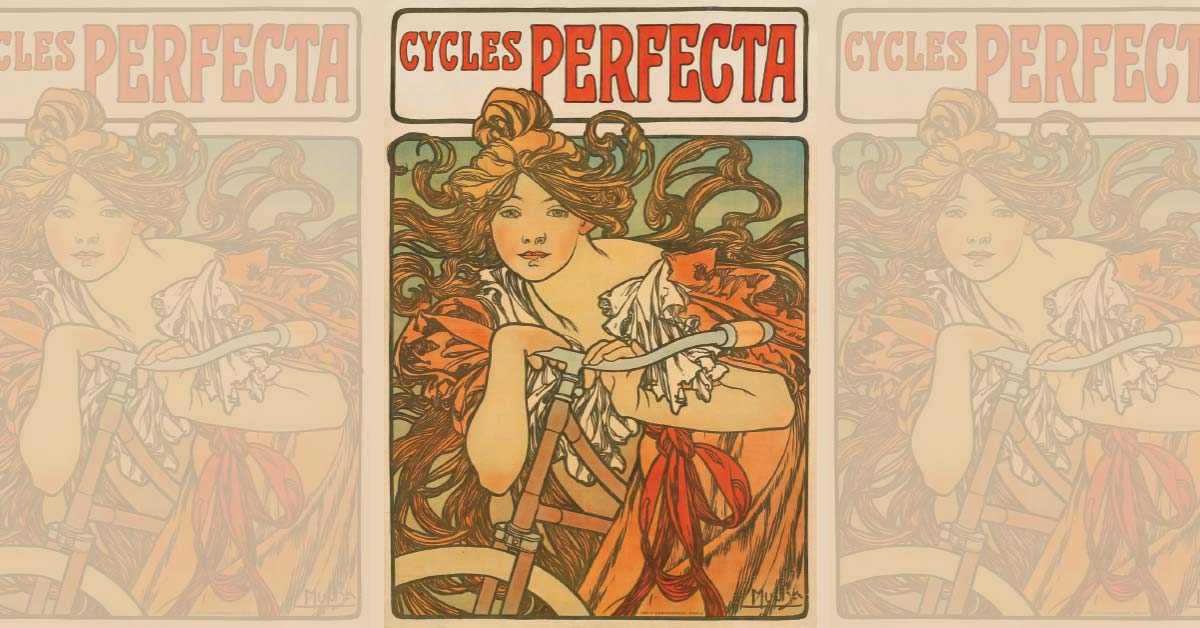Way back in 2007, a group of sculpture students at Kendall College of Art & Design embarked on a project that’s since grown faster and larger than they ever could have expected.
That project, first known as ACTIVESITE and later called SiTE:LAB, has been making a name for itself in the local arts scene.
“It was an initiative to get students outside of the classroom and into the real world where we found a site,” said SiTE:LAB director and curator Paul Amenta.
Not until the first show at 70 Ionia Ave. did Amenta and his eight students see the full potential for the project to develop into something much larger.
“A little over 400 people showed up to that event and we thought, ‘Oh, this is interesting!’” Amenta said.
With the arrival of ArtPrize in 2009, the group switched gears and tweaked the model in a space on Monroe Center. The following year, ACTIVESITE changed its name to SiTE:LAB. The event has only grown, both in terms of participants and attendants, every year. Now, with multiple awards to its name, SiTE:LAB gears up for ArtPrize 2016 on 333 Rumsey St., where the group also held its exhibits last year.
Revue talked with Amenta about plans for the future, why SiTE:LAB is important, and what the general public should get out of it all.
True to name, SiTE:LAB is all about the location. How do you pick one out?
We’re a nomadic organization, in that we use different sites almost every time. We’re constantly looking for sites that are appropriate to use, but sometimes the sites find us. For instance, Habitat for Humanity reached out to us and asked if we would be interested in using this site. They purchased the property and didn’t have any plans to renovate until much later.
How about what goes in the space — do you try and start with a theme?
Theme is not quite the right word for me. To me it’s more about what does the site tell me? How do we respond to it as an organization and what does the site reveal? We might respond to a site because of the architecture of the building or we might respond to a site because of the history — past or current. The context of the site dictates the direction that we go.
Does that all happen before or after the site is chosen?
We often don’t know that until we start working in a space. For me personally as an artist, it takes a little bit of time to understand it. There’s research involved and there’s also just being in a site and letting it tell you the stories that are invented in that place.
What are you doing with the Rumsey site this year?
This year we’re working with “The Estate of Gordon Matta-Clark.” He’s a deceased artist that operated in the ’70s and was a pioneer in site specific interventions, particularly as it pertains to architecture. I’ve selected artists to work with who acknowledge him as an inspiration, in some way, with their work. With some it’s very specific and with others it’s less so. We’ll be doing many very aggressive interventions on the architecture here on site.
You say ‘many’ interventions. How many artists are typically involved?
I’ll give you an example from 2007. It was eight students, and they were my students from Kendall. But in 2010 when we did “Michigan Land of Riches,” we worked with over 30 faculty members, 200 students and at least 10 other institutions. From eight students to over 200 in that project, it was quite the ramping up. We had nearly 5,000 people show up to the opening. We attracted an audience that was much broader than maybe your typical art audience.
Has the Rumsey site changed the process from past years?
[This year] we were here in a neighborhood, which is unique for us [since] usually we were in a downtown building or warehouse with nothing around it. It challenged us in a way where we felt the need to work with the surrounding neighbors or at least let them understand what we were up to. We always try to get as many people on board that are in the vicinity of a particular site.
How would you sell a newcomer on the SiTE:LAB experience?
I always tell people, if you don’t come and see the project, it’s really hard to take it all in. … I think people are blown away by what we’re able to achieve here in West Michigan and Grand Rapids. They come here and see what we achieve and they’re blown away by the fact that we can accomplish these things. We do things that would take museums or larger institutions millions of dollars to do, but we somehow are able to cobble together small sponsorships and large volunteer efforts and pull off things that you just can’t do logistically in other places.
What’s been the biggest reward, being involved with SiTE:LAB?
Personally, as an artist, I’m always looking to push myself to do more extraordinary things. I want to work with the brightest and best people that I can. In terms of the day-to-day grind of these projects, it’s all about the community of people that we work with. It’s a really special thing. I can’t explain it completely. It’s kind of magic. ... This is not all me, this is a huge group of people that put in god knows how many hours just for the love of it.
What’s coming up next?
We do an art fair that happens in Miami Beach every year that’s part of the Art Basel event called “UNTITLED, Art.” For the last three years, we have participated in that fair and we’re going to participate again this year. So the Miami project is next. We’re going to be showing one of the artists that we are working with this year for ArtPrize named Will Lamson. We’re also doing an additional SiTE:LAB project down there called “The Special Projects.” Then we’ll start gearing up for next year’s ArtPrize exhibit.
And where will that be?
I’m not quite able to reveal the site yet, but we have it picked out through an opportunity that came our way. I will tell you this, it’s a massive building that we’re super excited to use and it will be like nothing we’ve done before.





